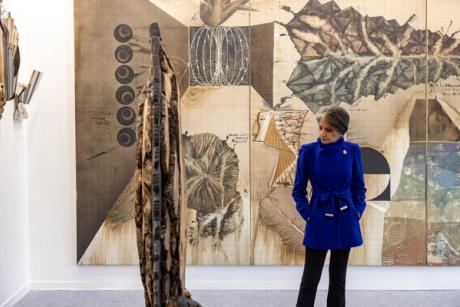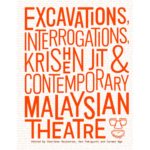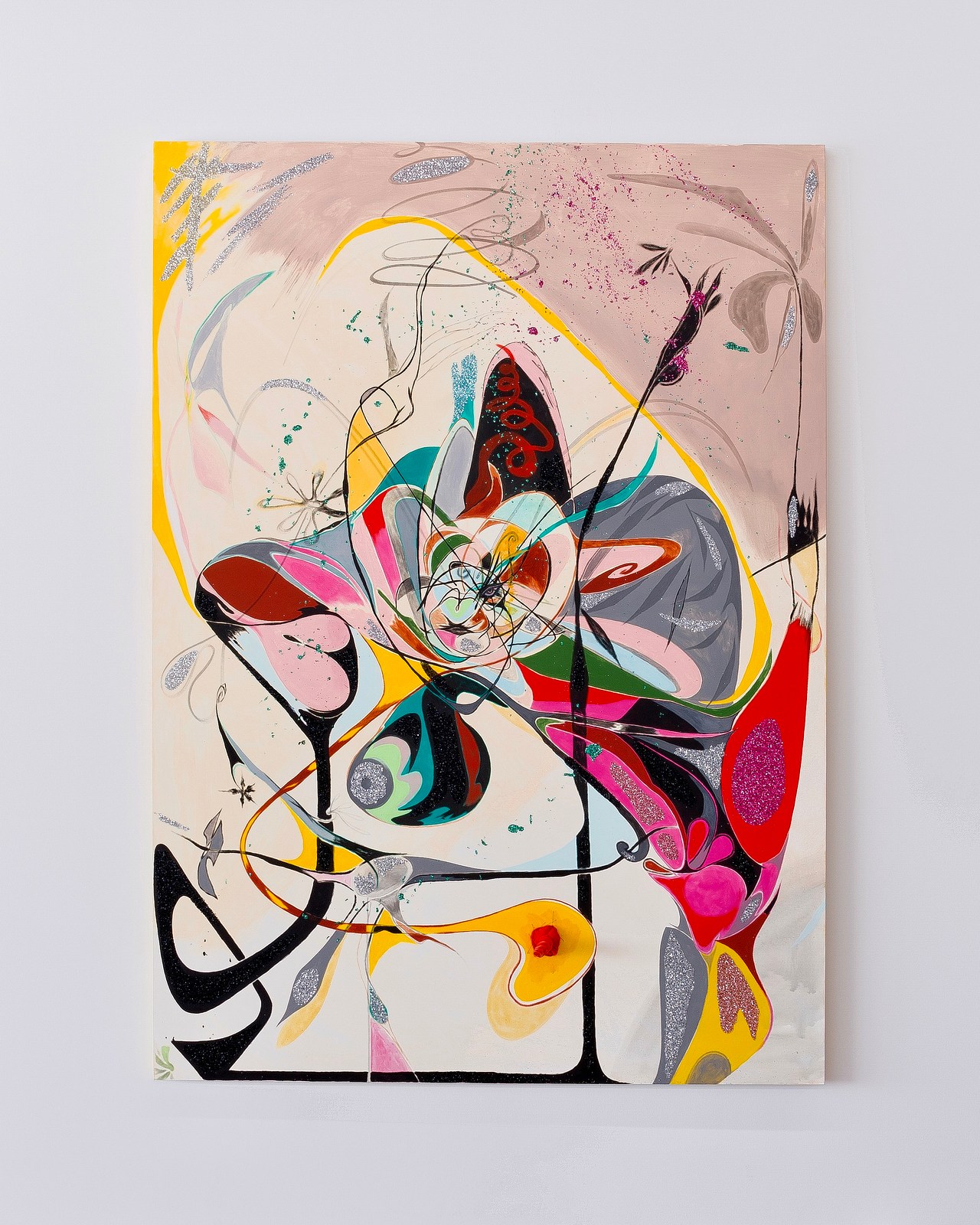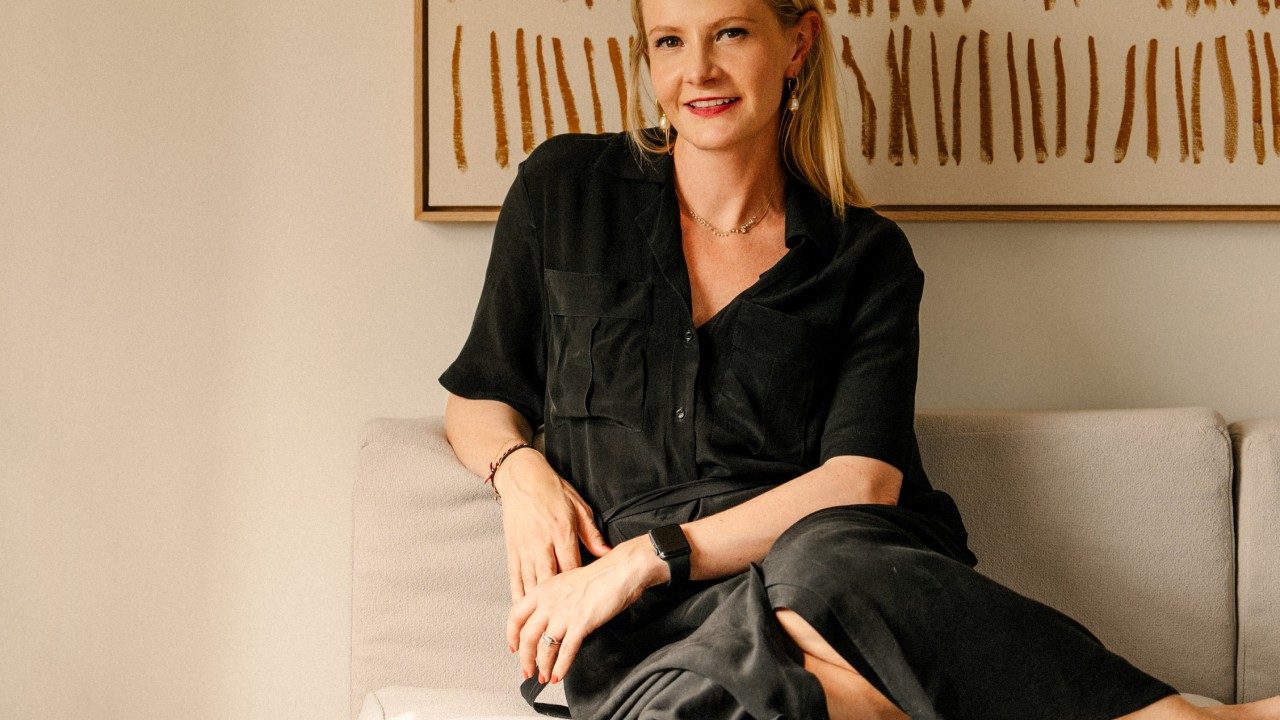Museum of Proletarian Culture, Pop - Stars
- Sculpture (Sculpture)
372 x 206 cm
Arseny Zhilyaev
His large installation entitled The Museum of Proletarian Culture (2012) looked at the changes in artistic practice that have occurred in Russia throughout the last thirty years – from the amateur art of the late Soviet era to the commercialized post-Soviet cultural practices and the more recent self-expression via contemporary social networks. Thus, the exhibition becomes a whole installation where it is impossible to distinguish architecture from assemblage, facts from fantasy, document from fiction. It is a museum of museums where viewers find themselves in the era of didactic exhibitions; whereby the main protagonists are workers, engineers, and amateur artists, and finally replaced by the creative class of 1990s and 2000s. Sdelay sam or “do it yourself” is a work in progress described by the artist as a research in the tradition of the Soviet and post-Soviet culture of non-professional worker’s folk art. “Usually ordinary people in the Soviet Union had no opportunity to frequently change the furniture according to their taste. But they could do it by themselves! It was during that period that workers’ amateur creativity flourished, exemplified in techniques such as woodcarving, hammered ironwork or amateur furniture design. It was part of free time, type of creative hobby. It was called ‘creative relaxation’. The strict division between work and leisure during the era of late socialism made this creativity possible. It was an extremely democratic art and this is what still inspires me today.”
Arseny Zhilyaev is arguably one of the most influential contemporary Russian artists of his generation. For Zhilyaev, his medium of choice is the exhibition itself. His practice is deeply rooted in the study of presentation and display of artworks, histories and social processes. His multi-faceted installations combine historical fact with fiction in imagining new possibilities and futures. Inspired by Soviet and Marxist Museology, Zhilyaev often turns to Russian Cosmism and its philosophies of the universal museum. To trace Zhilyaev’s work, one should span from the avant-garde of the 1920’s to the ‘shock therapy’ of the 1990’s in Russia. As a member of the young generation of Russian artists, Zhilyaev looks at the changes of his country through the 20th century to compose his works. With a specific attention of art’s relations to politics, education and pedagogy, Arseniy Zhilyaev reflects on the different roles of the museum and exhibition making. Despite the current use of art as entertainment, Zhilyaev wants to rethink the museum as an educational institution connecting art and history.
Colors:
Related works sharing similar palette

© » KADIST
Gabriel Borba Filho
1975Gabriel Borba Filho was aware of what was happening on the other side of the Atlantic, and Untitled (Nos) is linked to both the social and political climates in Brazil and Spain during the Franco period...

© » THEARTNEWSPER
‘Gangbusters’ domestic economy sees prices rise at India Art Fair Art market Museums & heritage Exhibitions Books Podcasts Columns Technology Adventures with Van Gogh Search Search India analysis ‘Gangbusters’ domestic economy sees prices rise at India Art Fair The region’s previous art market boom and bust has some at the New Delhi event questioning whether this new wave can be sustained Kabir Jhala 2 February 2024 Share A visitor at Chemould Prescott Road's stand at India Art Fair 2024 Courtesy of India Art Fair Quiet confidence has turned into bullishness at the 15th edition of India Art Fair (IAF) in New Delhi (until 4 February), South Asia’s largest commercial art event...

© » ARTS EQUATOR
Book Review: "Excavations, Interrogations, Krishen Jit & Contemporary Malaysian Theatre" | ArtsEquator Thinking and Talking about Arts and Culture in Southeast Asia Articles September 12, 2018 By Felipe Cervera (1600 words, eight-minute read) Excavations, Interrogations, Krishen Jit & Contemporary Malaysian Theatre , edited by Charlene Rajendran, Ken Takiguchi and Carmen Nge, is a long overdue resource that sheds light on important aspects of the cultural, artistic, and political histories of Malaysian contemporary theatre—and, by extension, some medullar elements of Singaporean theatre too...

© » THEARTNEWSPER
'We want to excite people': Rugby star Maro Itoje and London dealer Khalil Akar on their new African art gallery Art market Museums & heritage Exhibitions Books Podcasts Columns Technology Adventures with Van Gogh Search Search Art market news 'We want to excite people': Rugby star Maro Itoje and London dealer Khalil Akar on their new African art gallery The gallerists aim to break down the white cube model and make the art world more accessible through their new roving venture Chinma Johnson-Nwosu 12 December 2023 Share "We're not interested in plain white walls," says Maro Itoje, an England rugby star and London's newest gallery owner...

© » ART CENTRON
Designing a Paperback Book Spine: Essential Tips and Tricks Home » Designing a Paperback Book Spine: Essential Tips and Tricks ART & DESIGN Jan 31, 2024 Ξ Leave a comment Designing a Paperback Book Spine: Essential Tips and Tricks posted by Kelly Schoessling Let your book stand out on the shelves...

© » KADIST
Lam Tung Pang
2013Lam Tung Pang created Sketches from train ride Chicago to San Francisco during his travels through the United States researching American curatorial strategies for representing traditional Chinese painting in museums and cultural institutions...

© » ARTS EQUATOR
Artistic Freedom Report : Six Countries, 12 Years, 652 Violations | ArtsEquator Skip to content The key findings and analysis of violations of artistic freedom in Malaysia, Thailand, Indonesia, Vietnam, Cambodia and The Philippines from the Southeast Asian Arts Censorship Database Project, 2010-2022...












